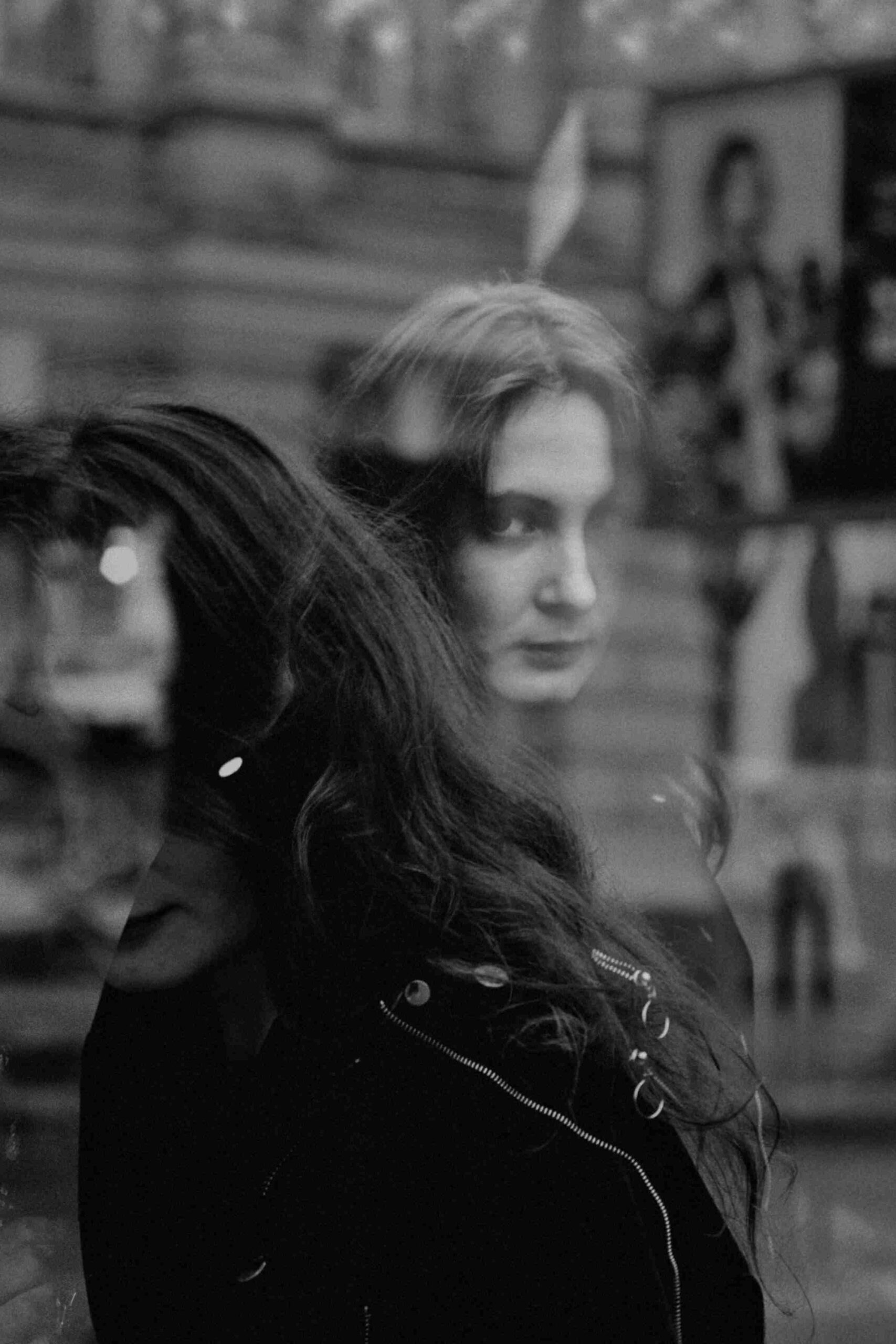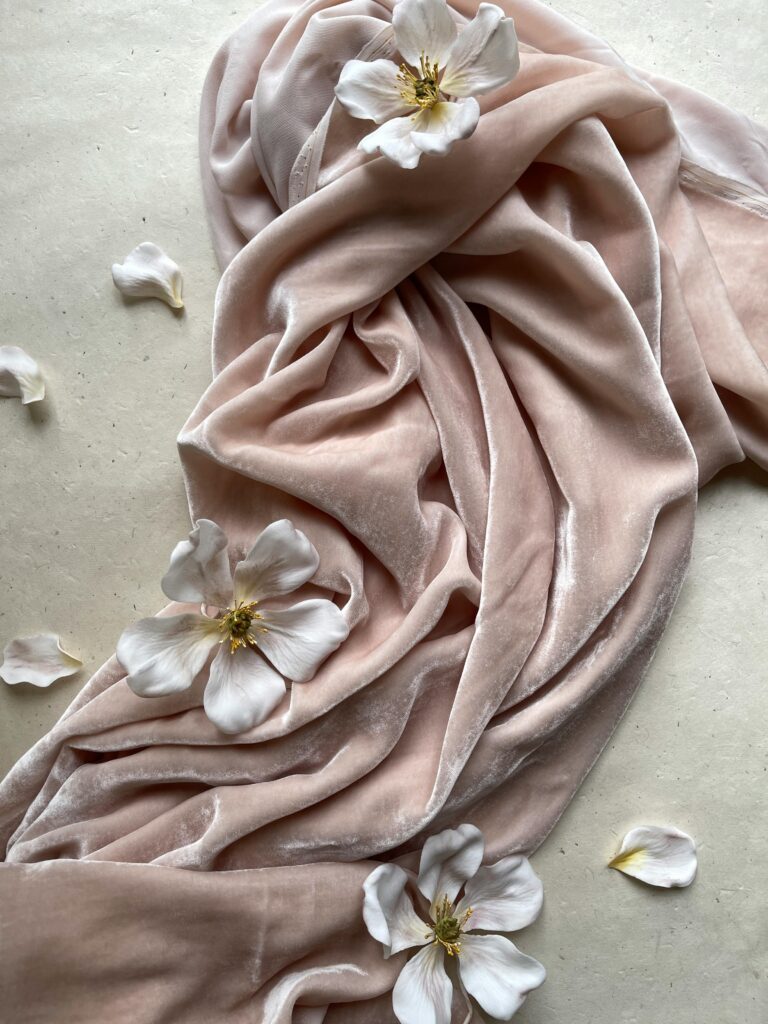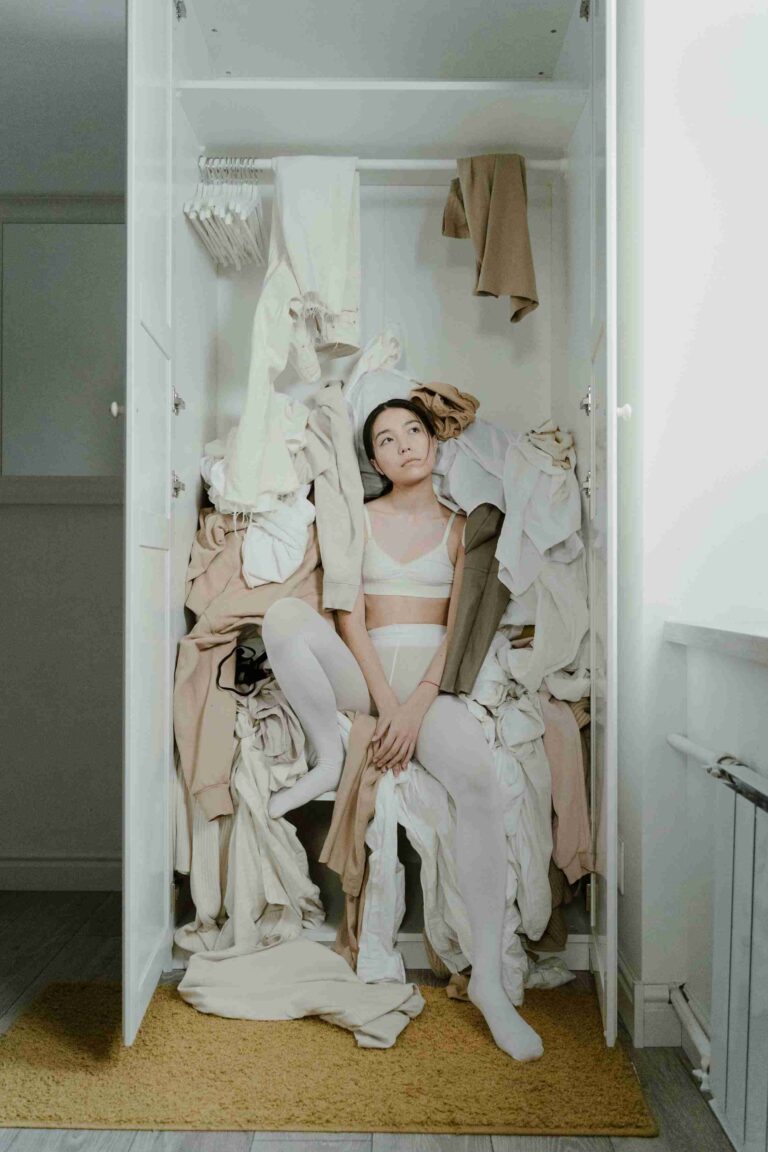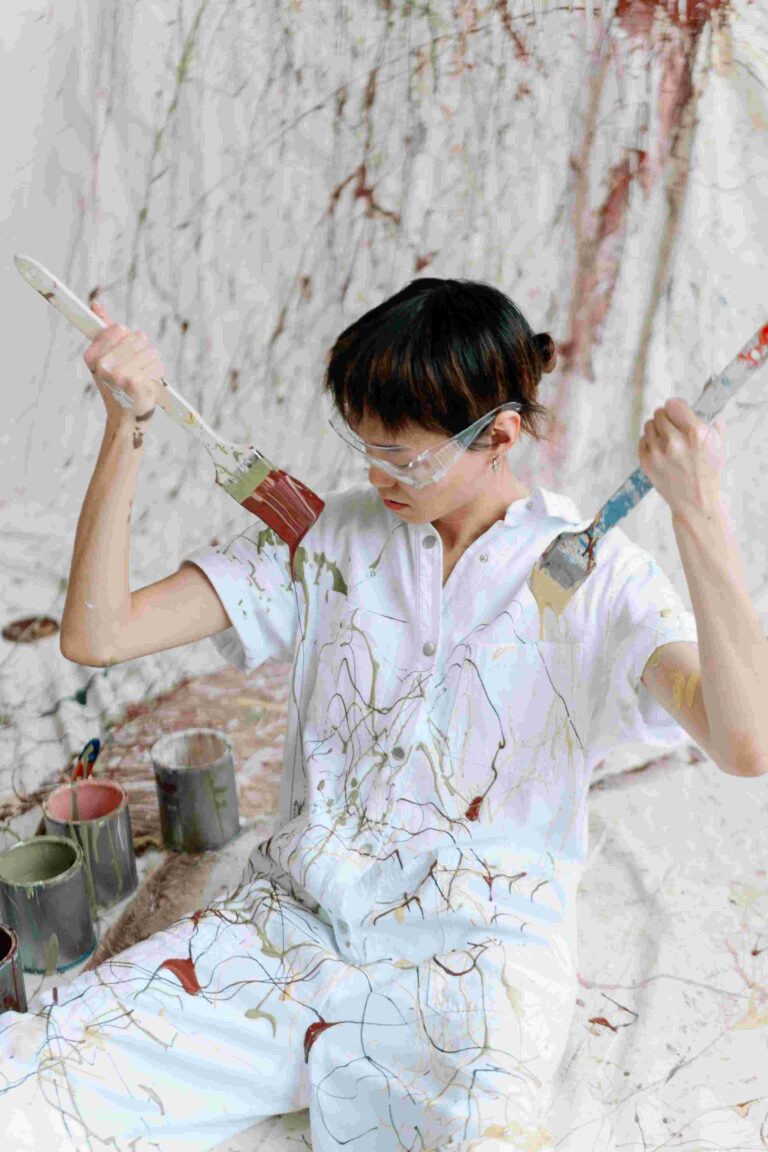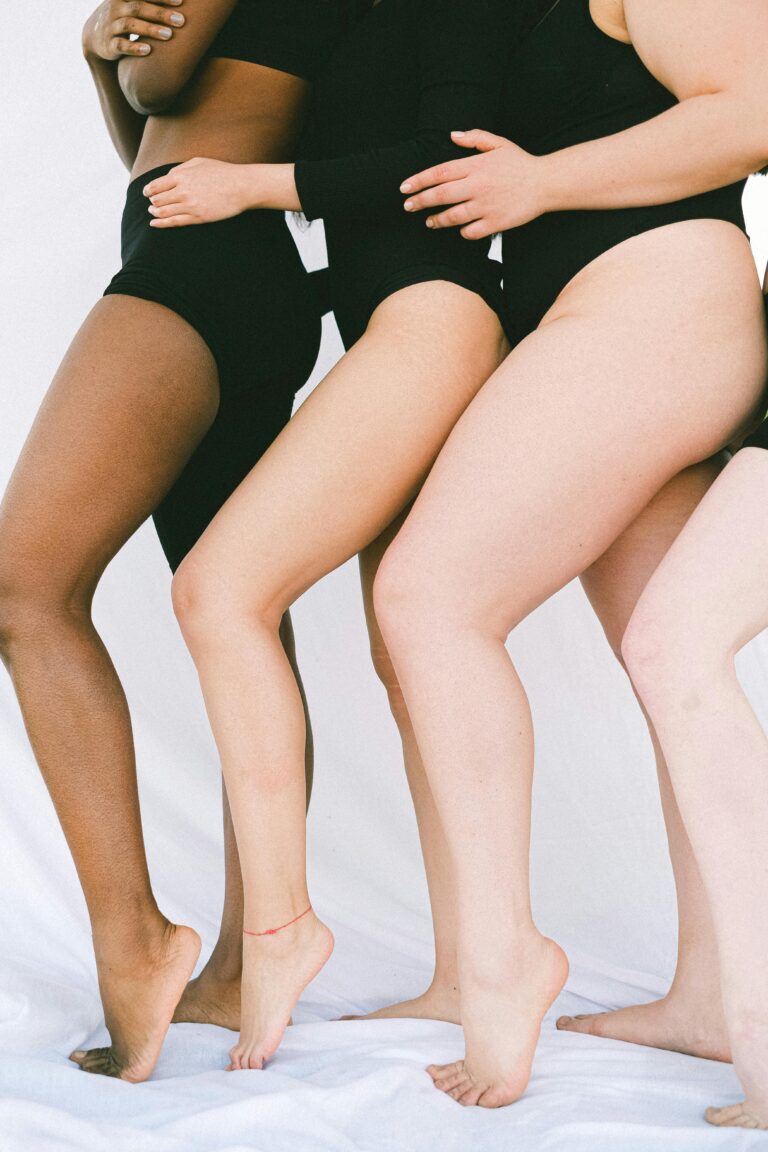From “Looking Good” to “Feeling Right”: A New Philosophy for Getting Dressed
When mind, mood, and mirror connect, style becomes strategy.
You’ve followed the rules. The outfit fits. The colours work. The mirror says it’s good. So why is there a quiet, persistent feeling of… wrongness? It’s either a whirlwind—or a void.
It’s the unspoken dissonance of feeling like a stranger in your own clothes, a moment where you feel so many things, and yet you feel nothing at all. This feeling isn’t a failure of your style. It is a failure of the metrics we’ve been taught to value. For too long, we have been trained to ask the wrong question. We ask, “Do I look good?” when we should be asking, “Does this feel right?” This blog offers a new way of thinking, a practical shift—from aesthetics to alignment.
The Modern Dilemma: Why “Looking Good” Is a Flawed Goal
The desire to adorn ourselves is rooted in ancient history. Statues from the Indus Valley civilisation, dating back 5,000 years, show figures dressed in carefully draped cloth and adorned with jewellery. From the intricately draped clothing of the Indus Valley to the elaborate styles of the Rajputs and Mughals, what people wore conveyed powerful messages. Clothing didn’t merely display wealth; it declared allegiance, identity, and intent. It also represented one’s profession, ethnicity, religious beliefs, and political alliances. Clothing was filled with purpose. The fashion revolution promised a new kind of freedom, yet in an age of social media, we see a paradox: all are taking the road that is more travelled, forgetting the path, the style they want to show.
Shaped more by noise than by nuance, sometimes the disconnect doesn’t show, it settles in. This creates the ideal conditions for a subtle, internal conflict. The mental discomfort we feel when our actions (wearing an outfit that feels flimsy and unserious) contradict our core beliefs (I am an intelligent, capable person) is a psychological phenomenon. It’s what experts call Cognitive Dissonance. In simple terms, your external presence and internal beliefs are not in harmony, and your mind experiences a subtle but draining conflict.
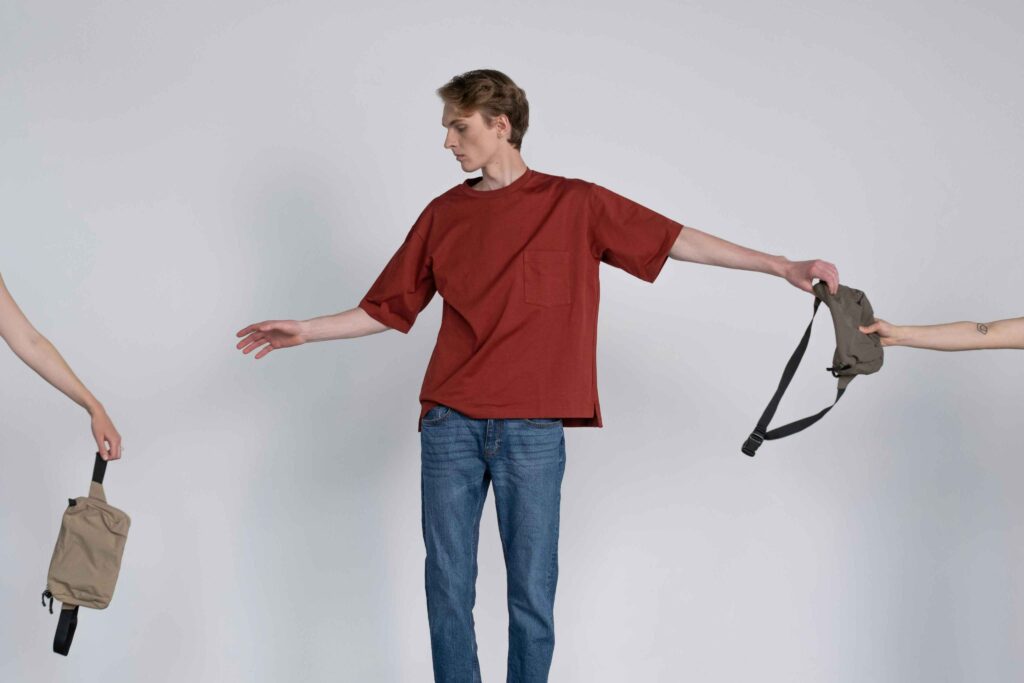
The Alignment Principle: A New Framework for Style
To close that gap, we must shift our focus. Aesthetics is for the eyes; alignment is for the heart and mind. Alignment is the principle that enduring style is built from the inside out. It asks: Does this outfit feel like an authentic extension of me, or does it feel like a mask?
This isn’t abstract; it’s anchored in science. Enclothed Cognition shows that our clothing has a systematic influence on our own psychological processes. That structured blazer doesn’t just say you’re in charge, it makes you feel it. An aligned outfit gives you a tangible sense of energy and focus, while a misaligned one can quietly drain it.
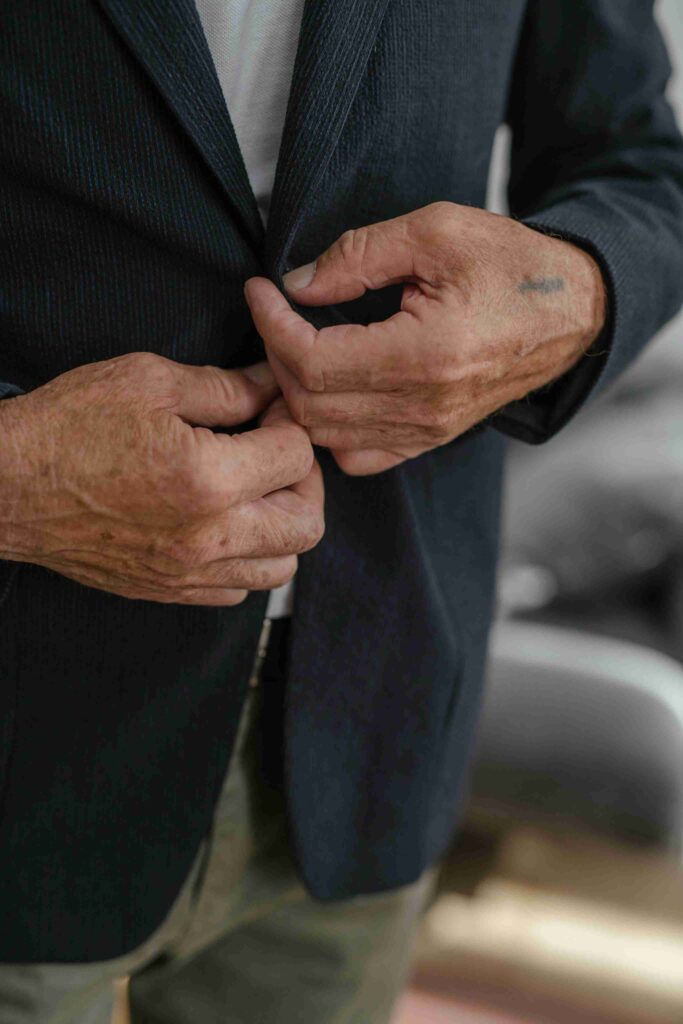
The Alignment Method: A Daily Practice in Three Steps
Personal style is not something you can find in one hour or one day. It’s built—slowly, through your preferences and your patterns. The daily work of building it can be guided by a simple, three-part internal dialogue.
- Step 1: Find Your Internal State. Before you choose an outfit, check in with yourself. How do you feel right now? Don’t judge the feeling. Log it. It’s your data point.

- Step 2: Define Your Intention. Next, determine how you want to feel or what you need to project. If you feel tired but need to be sharp for a meeting, your intention is “energy.” If you feel anxious but desire calm, your intention is “serenity.”
- Step 3: Build the Bridge with Your Outfit. Finally, select the clothing that bridges the gap between your current state and your intention. This is where you can use the psychological properties of clothing to your advantage, from the energetic wavelengths of a red dress to the calming effect of a monochrome blue palette.
This equation is what I call “Outfit-Bridge Formula”: How I Feel + How I Want to Feel = What I Wear is the engine of an aligned wardrobe.
A Note on Context: Alignment with the World
This internal alignment is the foundation. The final layer of strategic style is learning to adapt it to your context. This process comes with real-world complexities. Finding your style can bring criticism; sometimes you might be underdressed or overdressed. But respecting a dress code—whether at work or in a temple—is not a limitation. It is a creative constraint, a brilliant way to test and elevate your style through adaptive creativity.
Reclaiming the Mirror: From Judge to Diagnostic Tool
To practice alignment, we need an honest tool. We were taught the mirror is a judge, a flaw counter. We must reclaim its more powerful, historical purpose. The mirror was never the symbol of judgment, fear, and jealousy; it is a symbol for seeing your true self, far beyond “beautiful” or “pretty.” It reflects the truth.
In Japanese Shintoism, the sacred mirror, Yata no Kagami, symbolises wisdom and truth. In some Tibetan Buddhist traditions, a ritual mirror (a melong) is used to symbolise pure consciousness. These traditions remind us that your mirror should not instil fear. It should be a diagnostic instrument that helps you see yourself, raw and real.
Conclusion: The Real Payoff of an Aligned Wardrobe
The most important trend to follow is the one that aligns with you.
Ultimately, this shift from “looking good” to “feeling right” matters because the world already has too many conflicting standards of beauty. If you’re trying to “look good,” whose definition are you chasing?
When you focus on feeling right, the dynamic changes. An internal sense of alignment radiates outward as genuine confidence and charisma. You become more resilient to external judgment because this time you are choosing what you love, and love makes you fearless.
The old rules are gone. The new one is simple—alignment over aesthetics.
